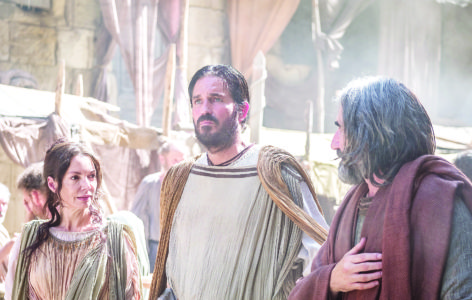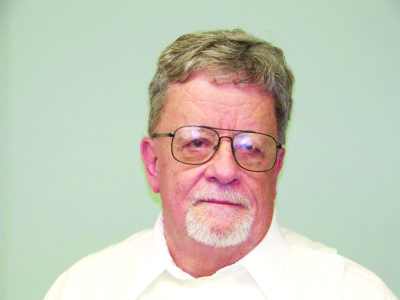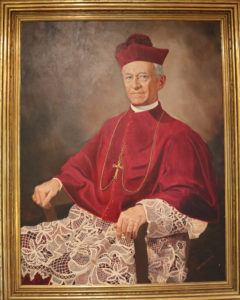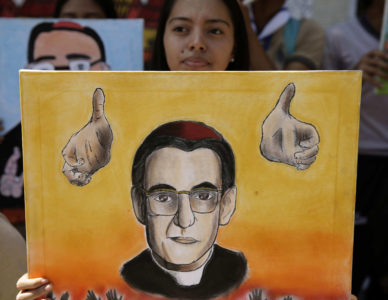By Leila deGruy
MADISON – St. Joseph Catholic School alumna Leslie Ann Harkins is leading the theater department’s production of Bye Bye Birdie, which she starred in as a student in 2004. The show opens Thursday, April 5, with performances at 7 p.m. on Thursday, Friday and Saturday, and a 2 p.m. matinee on Saturday, April 7. We asked Harkins about her role as a teacher and director, and how the production has changed since her high school days.
Q: What made you want to teach theater at St. Joseph?
A: I had a lot of great memories and mentors growing up in Mississippi, especially in the theatre world. I could not think of a better way to give back to the place that gave me so much than to return to my alma mater and work with students who are as passionate about the arts as I am.
Q: What is Bye Bye Birdie about?
A: Bye Bye Birdie is a story that is based on the pop-star Conrad Birdie. His character is very much like Elvis Presley. He goes into the army, and the story shows how that decision impacts his manager, his manager’s girlfriend, his manager’s mother and this whole town of Sweet Apple, Ohio.
Q: What can you tell us about this year’s production of Bye Bye Birdie?
A: This is by far the largest production I have put together at St. Joe. There are 78 people involved including 14 student and professional musicians in our live orchestra, six backstage crew members, eight working on lighting and sound, and the rest make up our student cast. The majority of our cast and crew are students at the school. We are very fortunate to have talented performers, musicians and technical crew as part of our student body.
Q: How will this year’s production be different from 2004, when you played the role of Helen?
A: When I played the role of Helen while in high school at St. Joe, the show was performed in our school gym. The most significant difference between our 2004 show and this year’s show comes in the form of our Fine Arts facility that was built nine years ago. The facility offers a professional and state-of-the-art experience for both the actors and the audience. To see this production on the “big stage” versus the gym floor is a very exciting thing for me.
Q: Can you tell us about your students and what makes this year’s Bye Bye Birdie cast and crew so special?
A: The theatre experience at St. Joe is very special for a number of reasons. First, our cast and crew are comprised of students from seventh to 12th grade. It is one of the few opportunities that all students have to come together and represent the entire student body. The younger students not only get the opportunity to experience the entire audition, rehearsal and performance process, they also get to benefit from strong mentorship from the older students who also have spent years on the stage. This inclusive process is very special and somewhat unique in high school theater.
To purchase tickets for Bye Bye Birdie, visit www.stjoetheatre.booktix.com. For more information visit www.stjoebruins.com or call 601-898-4800.
(Leila deGruy is a junior at Madison St. Joseph School.)




